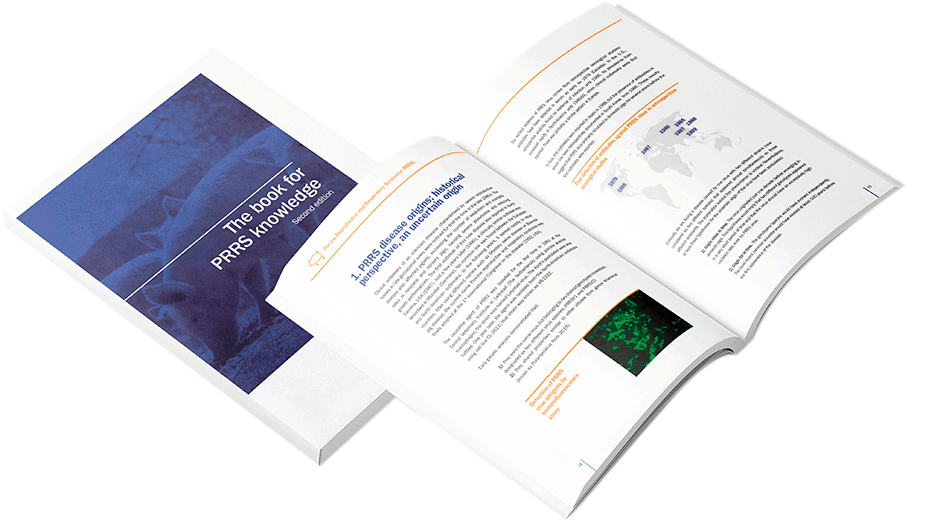The answer is quite simple: a priori, there is no limit.
In order to further explore this subject, some of the available data are discussed below. In the past, it was thought that recombination between different PRRS virus strains was an uncommon phenomenon.
However, examination of full-length genome sequences has demonstrated that recombination is very frequent and it occurs all along the genome, in both PRRSV1 and PRRSV2 strains.
In fact, recent studies have demonstrated that several strains in both species are the result of recombination; in some cases recombination implies at least three different strains, or even more.
Obviously, for recombination to happen, it is necessary that at least two different strains infect the same pig close in time. There are evidences that two or more PRRS virus strains can infect the same individual pig.
Therefore, if recombination is much more common than we thought in the past, we cannot rule out the simultaneous coexistence of more than one strain on the same herd/farm, especially in the biggest ones.
In fact,several studies have identified from two to eight strains in a same herd over a period from three months to four years. In a given farm, new strains could appear due to the lack or insufficient external biosecurity measures that permits a lateral entrance or due to the high mutation rate of the virus that could generate new variants.
© Laboratorios Hipra, S.A. 2024. All Rights Reserved.
No part of this website or any of its contents may be reproduced, copied, modified or adapted, without the prior written consent of HIPRA.



